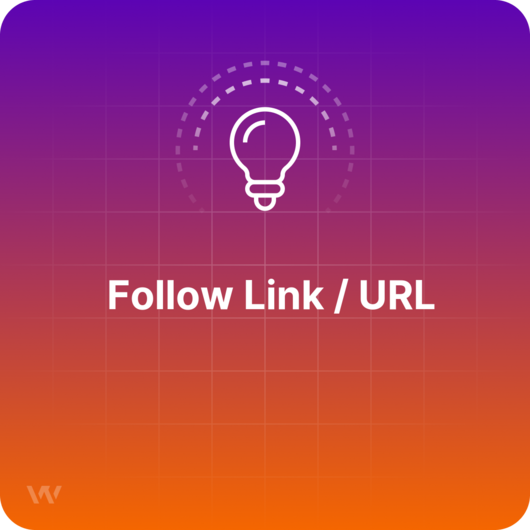Follow Link / URL

(see also NoFollow)
TL;DR;
A “follow” link is a type of backlink that sends authority to the quoted source without using a blocking tag such as rel=”nofollow”. A “follow” link is not highlighted in any way and is defined by the absence of “nofollow”.
What is a Follow Link?
A follow link is a backlink created by websites without using a rel="nofollow" HTML tag that would otherwise instruct search engines to ignore that link when crawling is done. Contrary to what some may believe, there is no rel=”follow” tag to act as the opposite of the rel=”nofollow” tag. A follow link is simply a hyperlink that is not using rel=”nofollow”. This type of link will pass on authority to the web page it is backlinking to, making it more useful for that pages’ link building strategy for SEO. While the rel=”follow” tag can be added to the hyperlink, it will not have any effect whatsoever.
Update: as of September 2019, Google seems to have changed the way it interprets “follow” and “nofollow” links. It has been suggested that Google may start taking into account “nofollow” links in some cases, regardless of the instructions coming from the website where the hyperlink is.
How has the “follow” / “nofollow” link rule evolved?
After the latest updates, Google has differentiated between a few types of categories that were all previously under “nofollow”:
rel=”sponsored” - this will highlight the fact that the content being linked is part of an advertising agreement
rel=”ugc” - this one should be used to underline that the linked content is user generated. This is recommended for comments sections and forums. Most likely, links of this type will continue to be ignored by Google when passing on authority, since they are exposed to spam
rel=”nofollow” - this is the old “nofollow”, that now excludes the situations above (sponsored and UGC). It is very likely that Google will start taking these into account when evaluating authority

